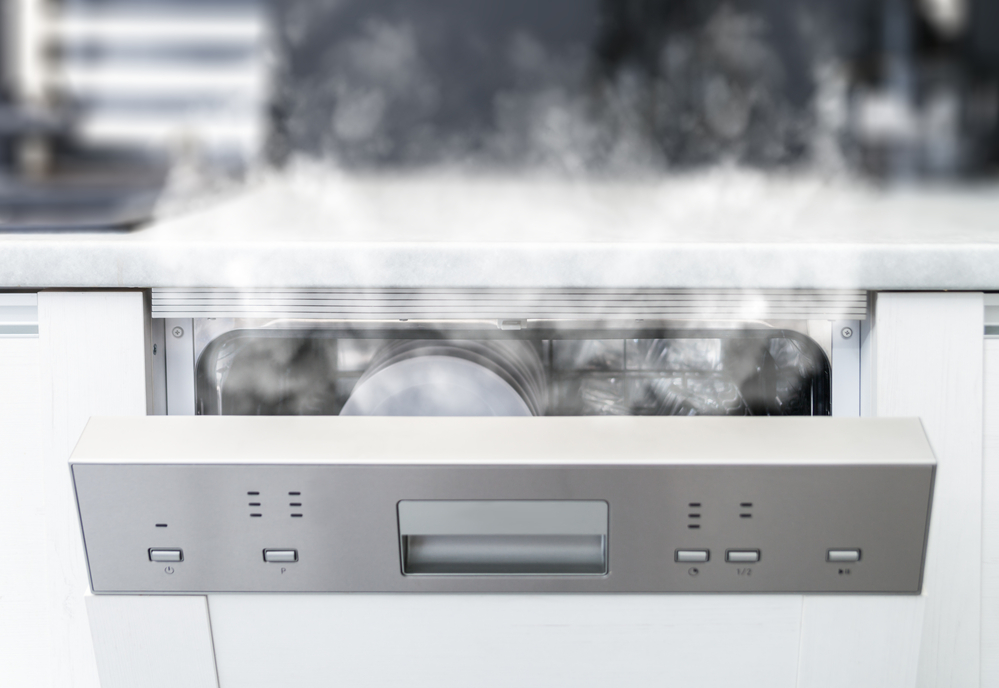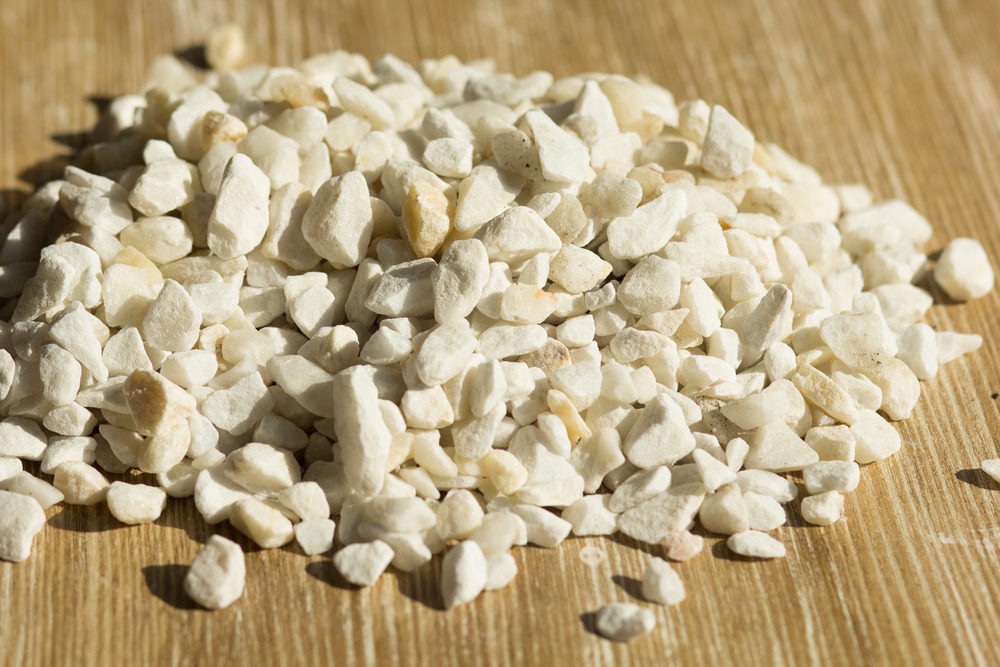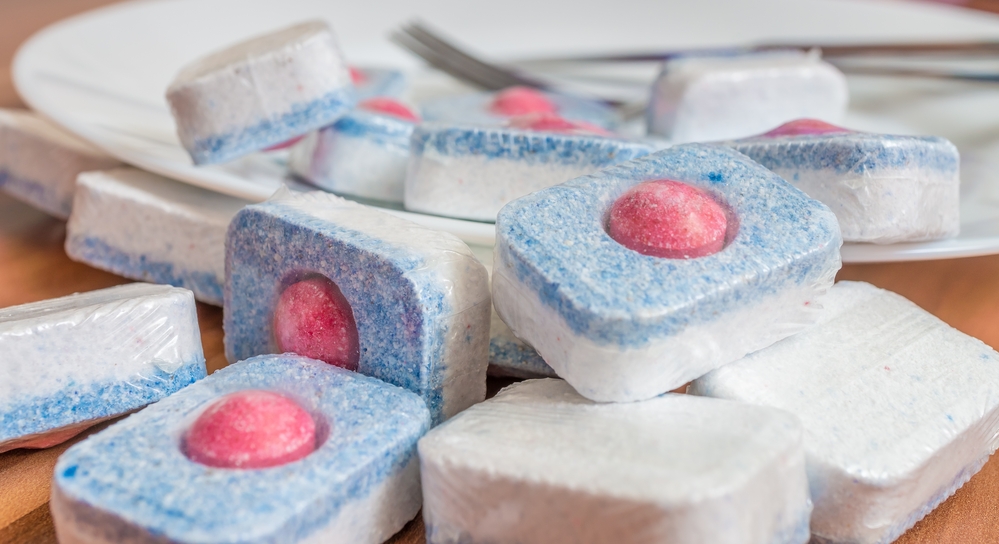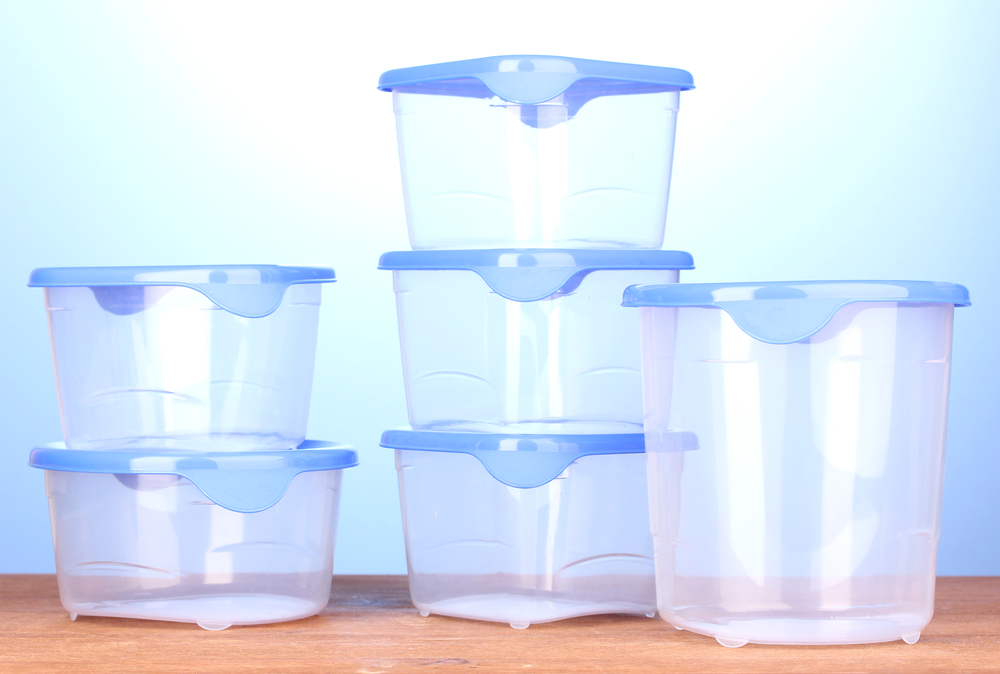We have arrived at the last piece of the dishwasher puzzle; how does it dry our dishes? – and all those other questions that follow.
How do my dishes get dry in the box?
Depending on the year, make, model and manufacturer there are several different technologies or methods that are used.

CONDENSATION
I imagine the dishes having a steam and sauna therapy session all at once with this method. The stainless-steel walls attract the heat which pulls out the water, only after the water is a bit hotter on the final rinse cycle.
HEAT DRY
The element on the bottom heats the air to dry the dishes for about 30 minutes – and this method is common in older units.
HI-TEMP DRY
If you want the best results in the drying department this is the preset to choose. How this setting differs from heat dry is difficult to pinpoint from any written documentation. With common-sense deduction, the difference has to be temperature.

AIR DRY
There are actual machines that will push the door open when it is time to dry to let them air dry. All that warm air in your kitchen at once, like a stove fireplace. Maybe not so awesome for hot environments, like Arizona (on second thought, my husband’s cousin reminded us that they live inside in air-conditioning at least half the year, so maybe it doesn’t matter so much about DW heat in the kitchen). This is on my list for my dream dishwasher. To disengage the heated dry option, I pushed the dry button until no blue lights came on, a manual version to the fancy one.
Since this is not an option on my wash box, I assumed it was the old fashioned way of drying. Air dry is a preset button on certain models and brands that does not use heat to dry the dishes. Per myrecipes article on the subject:
The air-dry cycle, however, uses pumps to push room-temperature air through the machine to encourage even drying. Unlike the heated drying cycle, you’ll likely find some moisture and pools of water in the upside-down bottoms of bowls or cups when the dishwashing and air-dry cycle is complete.
FAN
A better name for this process, in my opinion, would be the hair dryer method but that would be misleading, there is no heat used, just air circulating with a fan.

ZEOLITE
This method is unique to brand name Bosch; and they have been using this method since 2008. Zeolite is a mineral that naturally absorbs moisture and heats which is in a small container in DW’s cavity.
Bosch has recently come out with the trademark of crystal dry which uses zeolites that raise the hot air temperature to 176 degrees, to take water droplets off your dishes. Designer Appliance has a blog where they explain the different drying methods in Bosch dishwashers. Watch the video on this page to visually comprehend the differences. I had fun geeking out on the different technological features between the different units in the Bosch line. Dishwashers have come a long way since the 1893 World’s Fair where they debuted.
If your machine is not giving you a peak dry performance many experts highly recommend using a rinse aid.

What is a rinse aid?
A rinse aid is an agent that creates a barrier between the dishes and water, so water droplets fall off instead of leaving spots or a film. If you have hard water, a rinse aid is necessary to increase drying and decrease water spots on your glassware. The container next to the detergent door was made for rinse aids. In some detergent pods, the multi-colored ones, a rinse aid is included. Like we used vinegar for cleaning the dishwasher, one can use the exact same method with dishes in the cavity to act as a rinse aid.

Why are my plastics wet after a dry cycle?
The folks at Consumer Reports explain it succinctly:
Plastic is more difficult to dry than glass and ceramic because it doesn’t retain heat that would otherwise contribute to the drying process. Water that remains on plastic doesn’t evaporate as easily. That’s where a dishwasher’s heat setting comes into play.
In Conclusion
When it comes to drying there are many ways to get to the same result. Unlike washing where it is more environmentally sound to use the dishwasher than washing by hand, it seems that air drying is the way to go. Heated dry method not only uses more energy, it is hard on both the machine and your dishes. I guess it is called a dishwasher for a reason and not a dishdryer. Would love to experience the Bosch drying methods more. These are things to consider if you are in the market for a new machine.
Next up: the dishwasher series wrap up